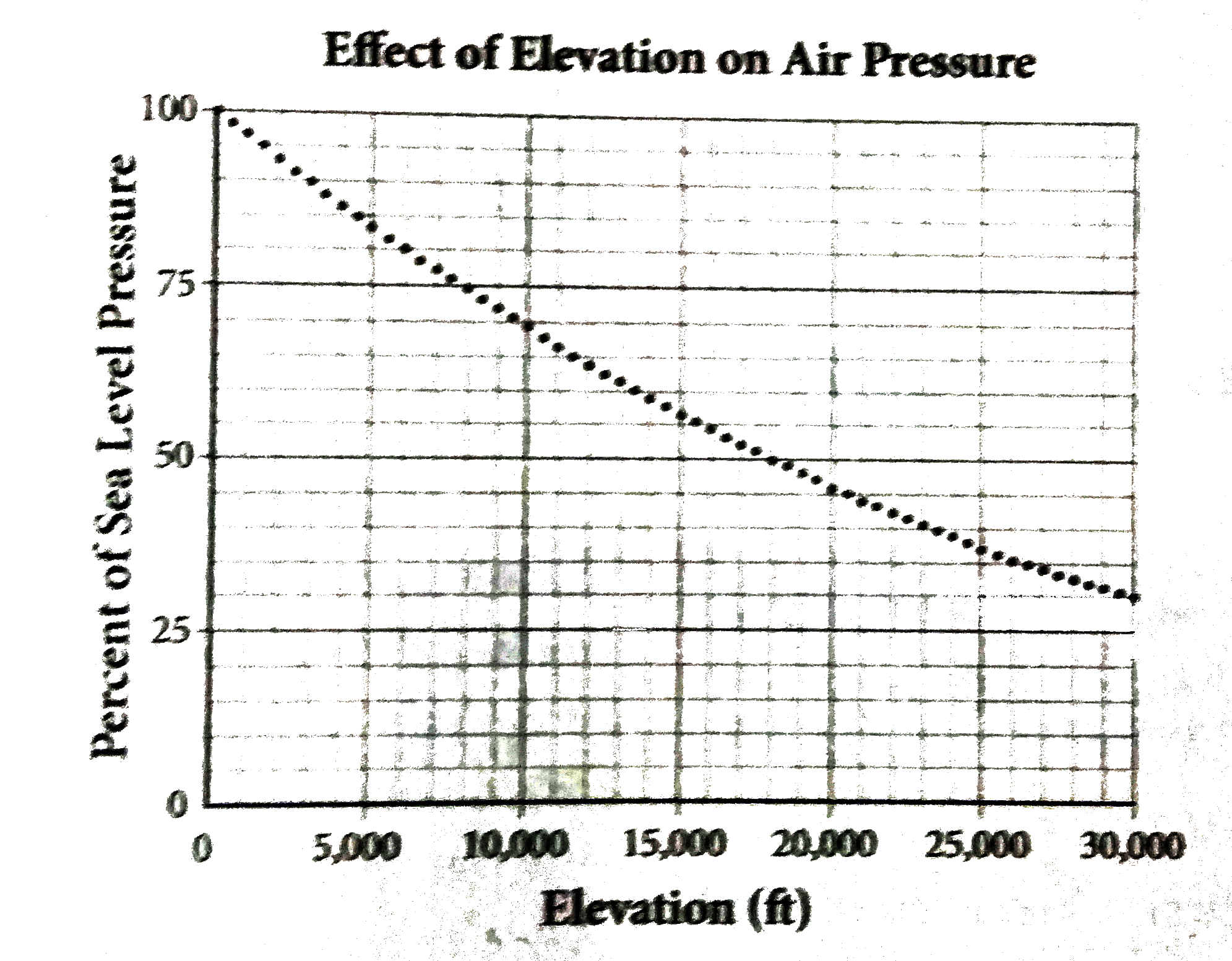................. (Length/Mass) can be measured in inches.
To solve the question "................. (Length/Mass) can be measured in inches," we need to determine which of the two options, "Length" or "Mass," is appropriate for being measured in inches.
1. Understand the Units:
- We need to identify what inches measure. Inches are a unit of measurement commonly used to quantify length.
2. Identify the Options:
- The two options given are "Length" and "Mass." We need to see which one can be measured in inches.
3. Analyze the First Option (Length):
- Length is a dimension that can be measured in various units, including inches. For example, we can measure the height, width, or depth of an object in inches.
4. Analyze the Second Option (Mass):
- Mass, on the other hand, is a measure of the amount of matter in an object and is typically measured in units like grams or kilograms, not inches.
5. Conclusion:
- Since inches are a unit of length and not mass, the correct option to fill in the blank is "Length."
Thus, the completed statement is: "Length can be measured in inches."
- We need to identify what inches measure. Inches are a unit of measurement commonly used to quantify length.
- The two options given are "Length" and "Mass." We need to see which one can be measured in inches.
- Length is a dimension that can be measured in various units, including inches. For example, we can measure the height, width, or depth of an object in inches.
- Mass, on the other hand, is a measure of the amount of matter in an object and is typically measured in units like grams or kilograms, not inches.
- Since inches are a unit of length and not mass, the correct option to fill in the blank is "Length."
Topper's Solved these Questions
- PHYSICAL QUANTITIES AND MEASUREMENT Book:ICSEChapter:PHYSICAL QUANTITIES AND MEASUREMENT Exercise:Exercises (Section I) Circle the odd one. One has been done for you.
Explore 5 Videos
- PHYSICAL QUANTITIES AND MEASUREMENT Book:ICSEChapter:PHYSICAL QUANTITIES AND MEASUREMENT Exercise:Exercises (Section II) Give reasons for the following.
Explore 4 Videos
- PHYSICAL QUANTITIES AND MEASUREMENT Book:ICSEChapter:PHYSICAL QUANTITIES AND MEASUREMENT Exercise:Exercises (Section I) Write T for True and F for False. Correct the False statements.
Explore 5 Videos
- MODEL TEST PAPERS Book:ICSEChapter:MODEL TEST PAPERS Exercise:TEST PAPER II (SECTION II) Numerical questions
Explore 2 Videos
Similar Questions
Knowledge Check
A trapezoid has parallel bases that measure 3 inches and 9 inches and a height that measures 6 inches . What is the area, in square inches , of the trapezoid ?
A18B24C30D36A parallelogram has a perimeter of 96 inches, and 1 of its sides measures 16 inches. If it can be determined. What are the lengths, in inches, of the other 3 sides?
A16, 16, 48B16,24, 24C16,32,32D16,40,40A parallelogram has a perimeter of 84 inches, and 1 of its sides measures 16 inches. If it can be determined, what are the lengths, in inches, of the other 3 sides.
A16,16,36B16,18,18C16,26,26D16,34,34
Can the length of a ray be measurred ?
View SolutionThe length of a line segments can be measured.
View SolutionThe volume of a stone can be measured by
View SolutionAs the elevation above sea level increase, the corresponding air pressure decrease. A scatterplot comparing elevations, in feet, to air pressure, as a percent of sea level pressure, is shown balow.

Q. Air pressure is sometimes measured in inches of mercury. If sea level air pressure measures as 29.2 inches of mercury, what is the approximate difference, in inches of mercury, between the pressure at sea level and the pressure at the death zone threshold?
View SolutionThe volume of a rectangle box is 144 cubic inches. The height of the solid is 8 inches. Which measurements, in inches, could be the dimensions of the base?
View Solution